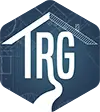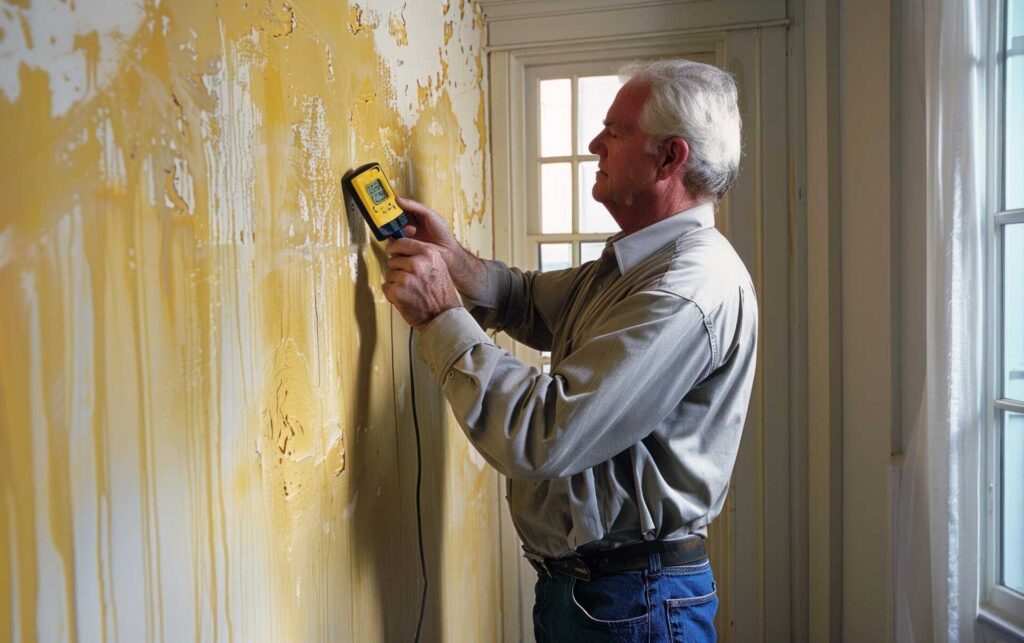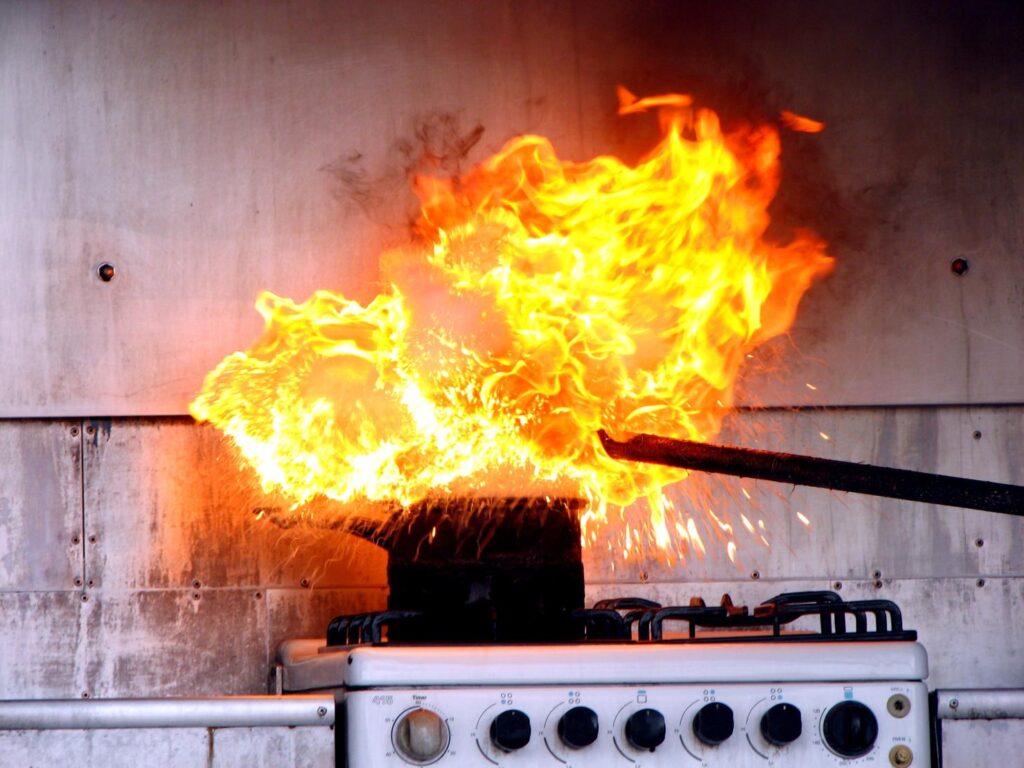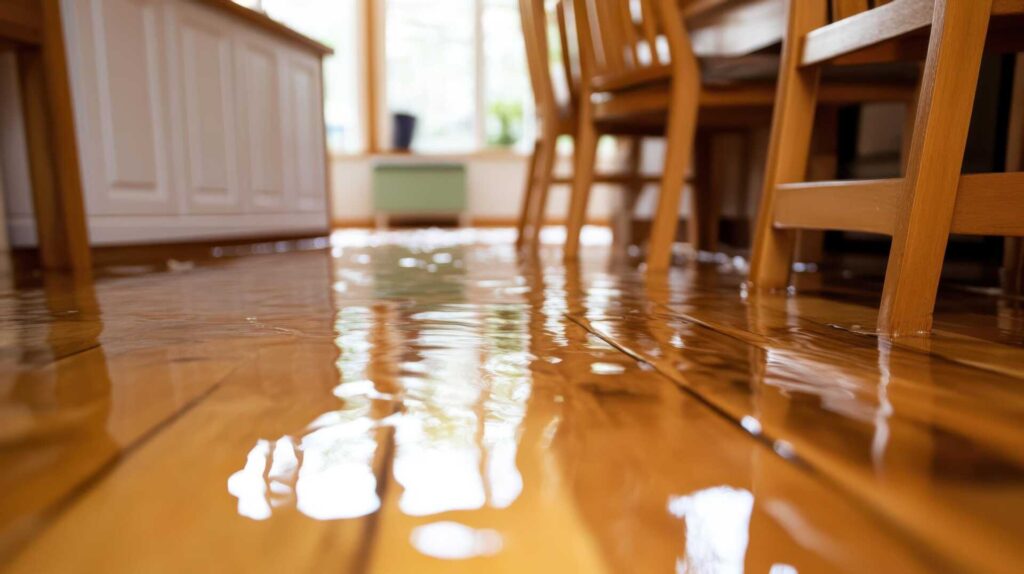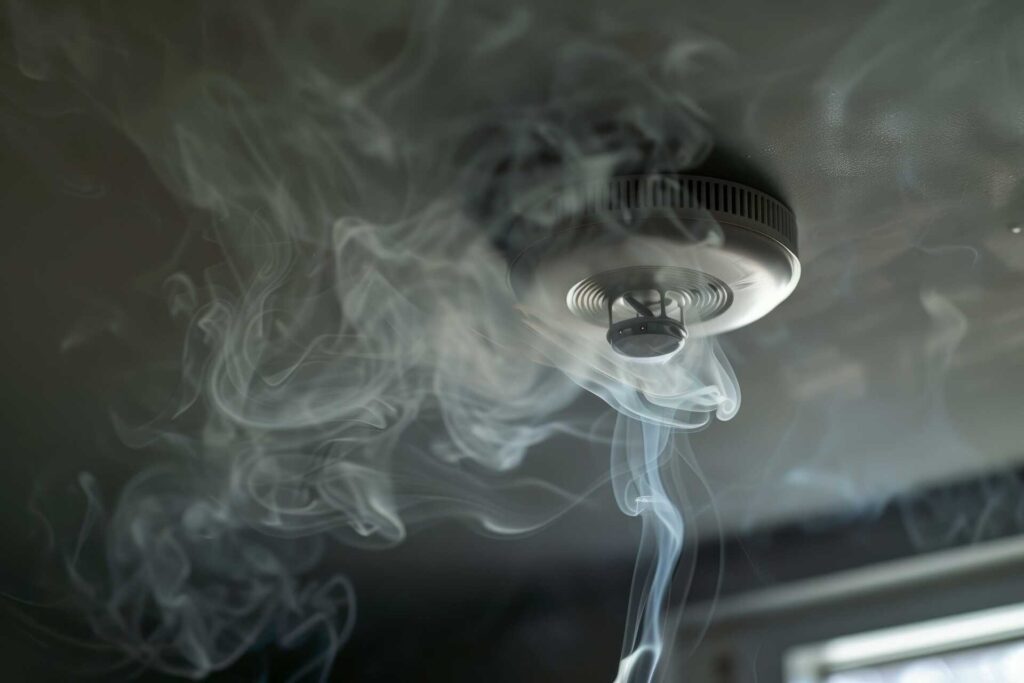
Contents
It’s funny how a small fire can lead to such extensive damage in your home. If you’ve recently experienced smoke damage, you’re likely feeling overwhelmed and unsure where to start with the process of smoke damage restoration. Fortunately, there are effective strategies you can implement to restore your space. Understanding the right steps can make all the difference. Let’s explore essential tips that can help you reclaim your home from smoke damage.
Key Takeaways
Smoke Damage Restoration Tips
- Start by assessing visible smoke damage and lingering odors to identify the most affected areas in your home.
- Ensure safety by wearing protective gear and improving air circulation before beginning the cleanup process.
- Use a vacuum with a HEPA filter and a warm water-detergent mix to effectively clean surfaces and eliminate smoke residue.
- Deodorize your home by ventilating and using baking soda on carpets and upholstery to absorb persistent smoke odors.
- Consider professional help for severe smoke damage, persistent odors, or health concerns related to indoor air quality.
Assessing the Extent of Smoke Damage
When evaluating the extent of smoke damage, start by examining the most affected areas first. Look for visible signs like soot, discoloration, or lingering odors. Different smoke types can leave various damage indicators, so understanding these nuances is essential.
For instance, oily smoke from cooking can create a thick residue, while dry smoke from burning wood might leave a lighter, powdery substance.
Don’t forget to check hidden spots like behind furniture or inside cabinets, since smoke can linger in places you mightn’t expect. Evaluating walls, ceilings, and fabrics is vital, as they often absorb smoke particles.
If you notice significant damage, it’s a sign that professional help might be necessary. Remember, addressing these issues restores your space and brings a sense of belonging back to your home.
Safety Precautions Before Cleanup
After evaluating the extent of smoke damage, it’s important to prioritize safety before starting any cleanup.
Begin by gathering your protective gear, such as gloves, masks, and goggles, to shield yourself from harmful particles. You want to make certain you’re not putting yourself at risk while trying to restore your home.
Next, ensure good air circulation in the affected area. Open windows and doors to let fresh air in, which helps dilute the smoke odor and improves overall air quality.
If possible, use fans to enhance air movement, but avoid using them until the area is safe to enter.
Effective Cleaning Techniques for Smoke Residue
Since smoke residue can cling to surfaces and create lingering odors, it’s essential to use effective cleaning techniques to restore your space. Start with smoke removal by using a vacuum with a HEPA filter to eliminate loose particles. For residue treatment, mix warm water with a gentle detergent, and scrub surfaces with a soft cloth. Don’t forget to clean walls, ceilings, and furniture to ensure a thorough job.
Here’s a quick reference table for your cleaning process:
| Cleaning Method | Description |
|---|---|
| Vacuuming | Use a HEPA filter for loose debris. |
| Soap and Water | Mix warm water with detergent. |
| Soft Cloth Scrubbing | Gently scrub all affected surfaces. |
These techniques can markedly improve your home’s air quality and comfort. Remember, a clean space fosters a sense of belonging and peace for you and your loved ones.
Deodorizing Your Home After Smoke Damage
Smoke damage can leave your home smelling musty and uninviting, but you can restore a fresh atmosphere with the right deodorizing techniques. Tackling that stubborn smoke odor requires a few effective steps to promote air purification and rejuvenate your space.
Here are three simple methods to get you started:
Ventilation: Open windows and doors to allow fresh air to circulate, helping to carry away lingering smoke odors.
Baking Soda: Sprinkle baking soda on carpets and upholstery. Let it sit overnight to absorb odors, then vacuum it up to reveal a fresher scent.
Essential Oils: Use a diffuser with essential oils such as lavender or citrus. This masks the smoke odor and adds a comforting fragrance to your home.
When to Call Professional Restoration Services
If you find that the smoke damage in your home is overwhelming or persists despite your best deodorizing efforts, it’s time to reflect on calling in professional restoration services. Professionals can help restore indoor air quality and ensure your home feels like home again. Here are some key indicators to take into account:
| Signs You Need Help | Why It Matters |
|---|---|
| Persistent odors | Affects comfort and well-being |
| Visible soot or smoke residue | Can damage surfaces and belongings |
| Health concerns (respiratory issues) | Indicates poor indoor air quality |
Recap
Tackling smoke damage isn’t just about cleaning; it’s about ensuring your home feels safe and fresh again. You might think a simple scrub will do, but lingering odors and soot can hide in unexpected places. By following these tips, you can effectively restore your space. However, if the damage feels overwhelming, remember that calling in professionals isn’t a sign of failure—it’s a smart move for your health and comfort. Don’t hesitate to seek help!
